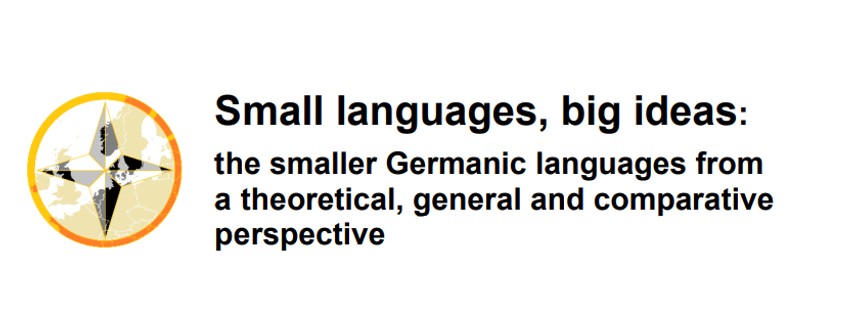Academia
A rejected mother and her lingering ghost. The role of Yiddish during the formative years of Israeli Hebrew
Tags: Hebrew language | Israel studies | Linguistics | Yiddish studies | Yiddish language

Abstract
At the turn of the twentieth century, Yiddish was by far the most widely-spoken Jewish language. Also, it was the third Germanic language in the world by number of speakers, behind only English and German (Jacobs 2005, 3).
In the same period, a heated debate was raging between supporters of Yiddish and revivalists of Hebrew. During the formative years of Israel’s modern nation, Yiddish was perceived by the Zionist establishment as a relic of the rejected diasporic past and as an obstacle to the building of a new Hebrew identity (Almog 2000).
Even after 1948, when the State of Israel was an accomplished fact, the enforcement of a ban on Yiddish theatre, restrictions on Yiddish publishing, and some public claims made by prime minister David Ben-Gurion (ironically, a native Yiddish speaker himself) showed a clear political and cultural stance against the mame-loshn (“mother tongue”) of the Ashkenazi establishment and the State’s founders (Rojanski 2020).
The revival of Hebrew was thus made at the expense of Yiddish, which happened to be the mother tongue of most Hebrew revivalists, hence their often harsh or at least ambivalent attitude. Later, when Hebrew had become a well-established reality whereas Yiddish suffered a dramatic decline worldwide, there was a gradual reversal of their traditional roles, with the former affirmed as a vernacular and the latter taking on an aura of sacred language.
Yet, the rejected language had unexpectedly sneaked in where it was least welcome. As early as in the 1920s, it was observed that modern Hebrew “in reality is a European language in transparent Hebrew disguise” (Bergsträsser 1928, 47). As an Israeli journalist put it a few decades later, Israelis “speak Yiddish, Russian, Arabic and English—in Hebrew words” (Katzenelson 1960, 65).
According to Ghil‘ad Zuckermann (2020, XXII), a “successful language reclamation can only result in a cross-fertilized hybrid rather than in the original tongue that the revivalists wish to reclaim”. It is worthy of note that the phonological inventory of Israeli Hebrew corresponds to that of Yiddish and not to that of biblical Hebrew or of other Semitic languages. Even without going so far as to affirm, with Paul Wexler (1990), that modern Hebrew is a Slavic language derived from Yiddish, it is undeniable that the impact of Yiddish left a mark on Hebrew that is far from being superficial. It can be observed not only in lexicon and idioms, but in all the layers of the language, from phonology to syntax. Many examples can illustrate this fact.
On the one hand, the revival of Hebrew was made at the expense of Yiddish. On the other hand, Israeli Hebrew should be seen as a product of contact with Yiddish and other European languages, rather than a direct derivation from pre-modern Hebrew.
Bibliography
• Almog, Oz. The Sabra. The creation of the New Jew. Translated by Haim Watzman. Berkeley, CA: University of California Press, 2000.
• Bergsträsser, Gothelf. Einführung in die semitischen Sprachen. Sprachproben und grammatische Skizzen. Ismaning: Max Hueber, 1928.
• Jacobs, Neil. Yiddish. A linguistic introduction. Cambridge and New York: Cambridge University Press, 2005.
• Katzenelson, Kalman. Mašber ha-‘ivrit ha-modernit. Tel Aviv: Anakh, 1960.
• Rabinovitch, Lara et al. (ed.). Choosing Yiddish. New frontiers of language and culture. Detroit, MI: Wayne State University Press, 2013.
• Rojanski, Rachel. Yiddish in Israel. A history. Bloomington, IN: Indiana University Press, 2020.
• Spolsky, Bernard. “Jewish Diaspora languages competing with revitalized Israeli Hebrew”. In Endangered languages in the 21st century, edited by Eda Derhemi and Christopher Moseley, 225-40. London and New York: Routledge, 2023.
• Wexler, Paul. The schizoid nature of Modern Hebrew. A Slavic language in search of a Semitic past. Wiesbaden: Otto Harrassowitz, 1990.
• Zuckermann, Ghil‘ad. Revivalistics. From the genesis of Israeli to language reclamation in Australia and beyond. Oxford and New York: Oxford University Press, 2020.